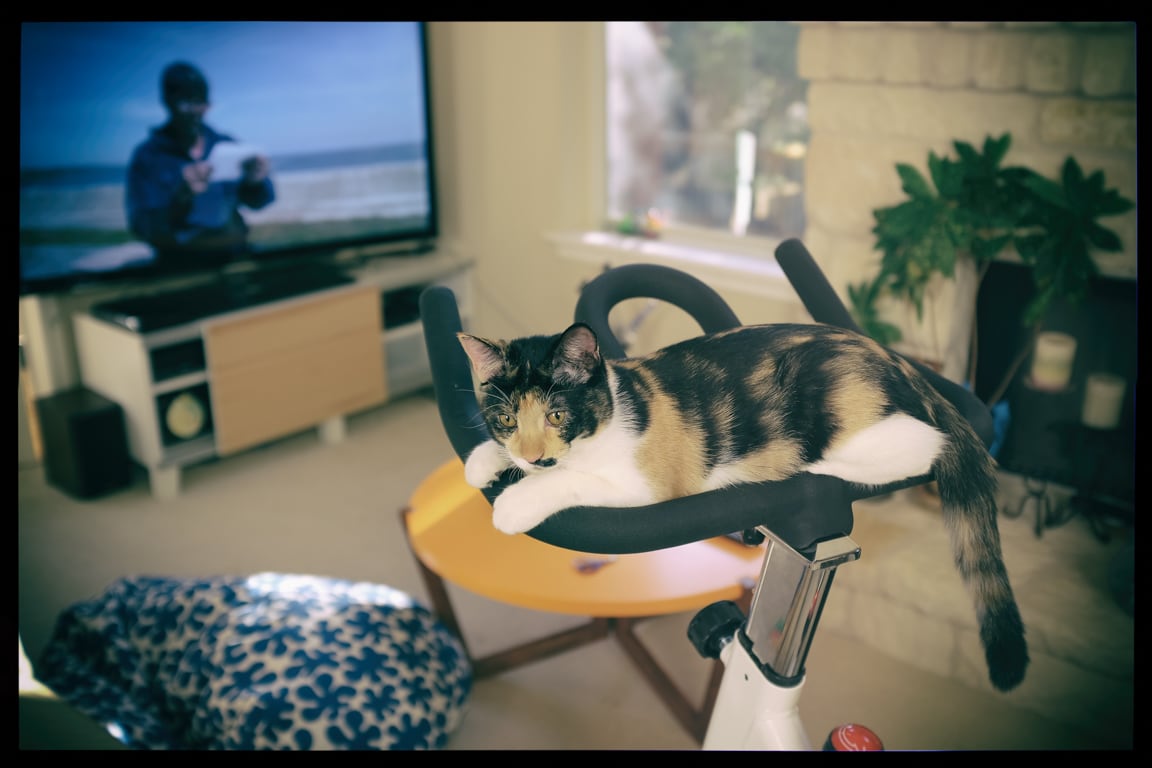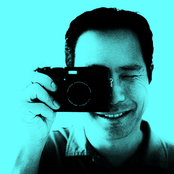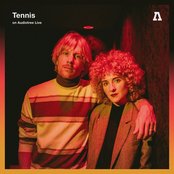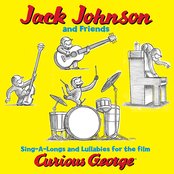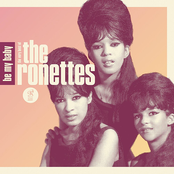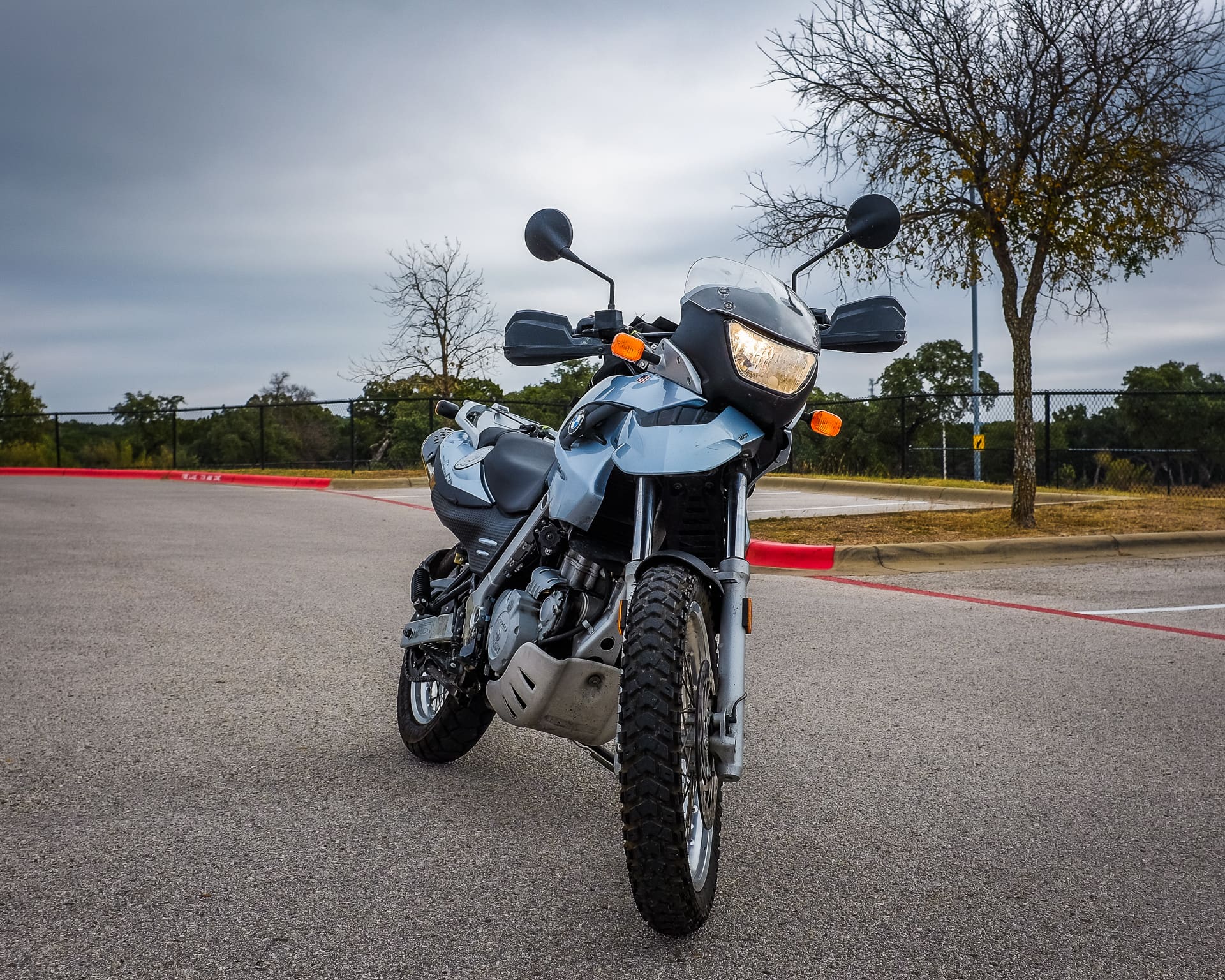
“Kiki” Cedar Park, 2020
Today I have the day off from work (actually the whole week!) so I decided to have a bit of fun riding my motorcycle around. Motorcycling is an intense experience, where all five senses are on overload. But I also spent some time practicing skills that need some work: u-turns at full lock. For these exercises, I went to the elementary school’s parking lot, which is perfect because I can use the parking space markers to gauge my progress.
My goal is to comfortably make u-turns in either direction, with the handlebars at their maximum position (full lock). The correct way to do this is to look at where you want to go (way over your shoulder), then turn the handlebars and initiate the turn. The trick is to keep the proper speed where you are slow enough that you can keep the handlebars at full lock, but with enough speed that you can lean over without dropping the bike. The secret is to use clutch control while revving the engine a bit to avoid stalling. If you are sensing that you are falling over, then you need to let out the clutch and let the engine power bring you up again. But not too much that you come out of the tight turn.
It’s a real skill to do this well, and only practice will allow you build up the muscle memory to feather the clutch to adjust the power without consciously thinking about it. It’s my one big apprehension when riding, so it’s worthwhile to take the time to make some progress! And even if I feel like I didn’t do such a good job with my skill training, I know that it is progress towards getting better!
In the afternoon, I went for a nice bicycle ride to relax a bit. Bicycling is a wonderful activity. Super fun and good exercise! Plus you can clear your mind and see some great sights. I always feel great after a ride, even if it is just around the block to pick up the mail, but it’s a real treat when the route takes me to see sights like this:
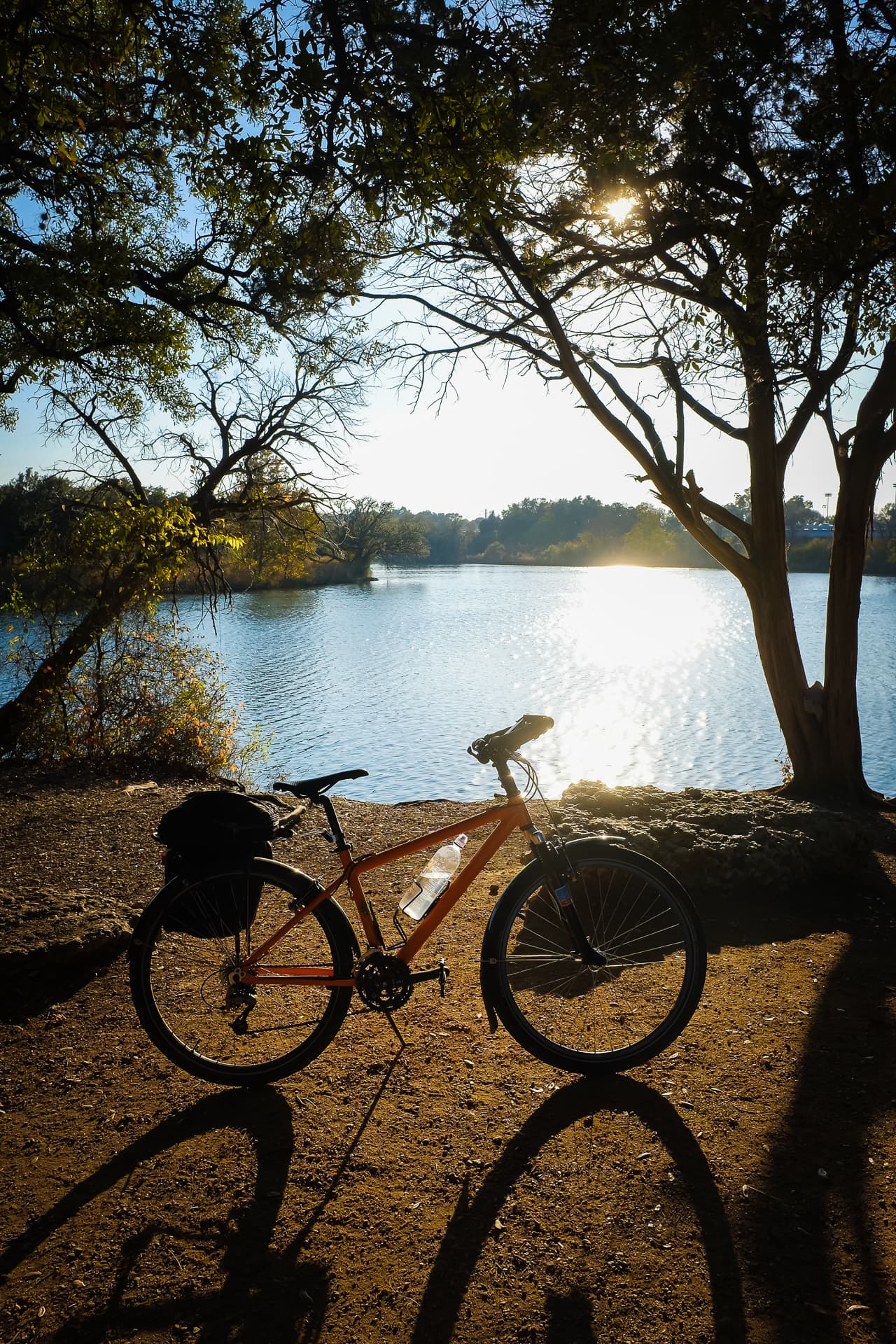
“Mango” Cedar Park, 2020
I hope you had a nice day!
